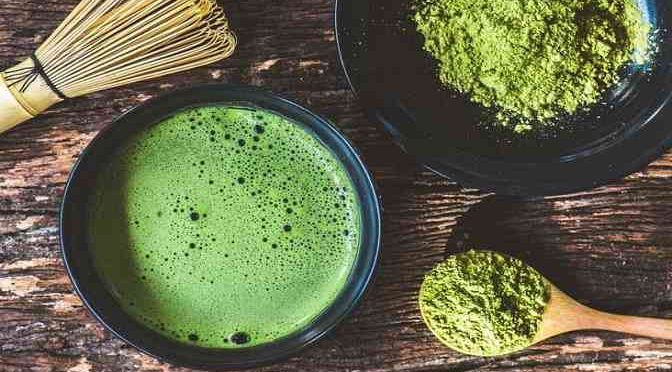Matcha is a traditional Asian tea. It is a finely ground powder that is made of crushed green tea leaves, traditionally called tencha, which are from the plant Camellia sinensis. The leaves are kept in the shade for around 20 days before the matcha is produced. It is now a common ingredient used in various dishes, both traditional and modern. Let’s have a glance at its history and origins.
Tea drinking goes back to as far as 618 AD in China. The tradition of drinking tea started in the Chinese Tang Dynasty. Tea was made into blocks or bricks to make trade easier. It was prepared by roasting and pulverizing these blocks, and decocting the tea powder in hot water and adding salt. It evolved when the Song Dynasty adopted the method of making powdered tea from steam dried leaves. The beverage was made by whipping the powder in water. The Chan Buddhist monks made preparing and consuming tea a popular ritual. There was a strict etiquette which had to be maintained during the ceremony. Zen Buddhists, especially the priest Eisai, spread this tradition to Japan in 1191 AD. This beverage was highly regarded and given a lot of importance from the 14th to 16th centuries. It was appreciated by people who had high ranks in societies and had an important part to play in Zen monasteries. It was considered extremely pure.
Speaking of pure, matcha tea also has multiple health benefits.
- Matcha is rich in theanine, amino acids, and antioxidants. Some of them are also catechins, an antioxidant which prevents cell damage.
- They lower the risk of chronic diseases, and are mildly beneficial in weight loss and management.
- Studies have also shown that matcha helps cognitive health, through temporary brain boosts, which affect memory and attention for the better.
- Matcha is also useful for cardiac health. It helps with hypertension, lowering cholesterol and also makes heart failures more unlikely.
- It also helps with liver health and avoids liver cancer.
- It minimizes acne breakouts, prevents aging, tones skin and results in better skin
- It is extremely low in calories, which makes it a perfect and tasty snack when cooked properly.
- It acts like a healthier version of an energy drink.
Matcha can be cooked in a variety of ways, by simply adding the powder to a normal recipe.
- It can be added to beverages like the traditional tea, boba tea, milkshakes, lattes, smoothies and even juices.
- It is added in a large number of baked and sweet goods, both Asian and Western like cookies, cakes, frostings, donuts, cheesecakes, French Madeleines, souffles, ice-cream, frozen yogurt, chocolates, macarons, pancakes, waffles, pies and puddings to name a few, by just putting the powder in the batter or dough.
- Recently, matcha is also being used in various savory dishes like dumplings, soups, salads, and even pesto sauce
I hope this article has inspired you to try this beverage and that you enjoyed reading it! Do share your thoughts about Matcha in the comments section.
Author: Medha Goenka, 12 years old

